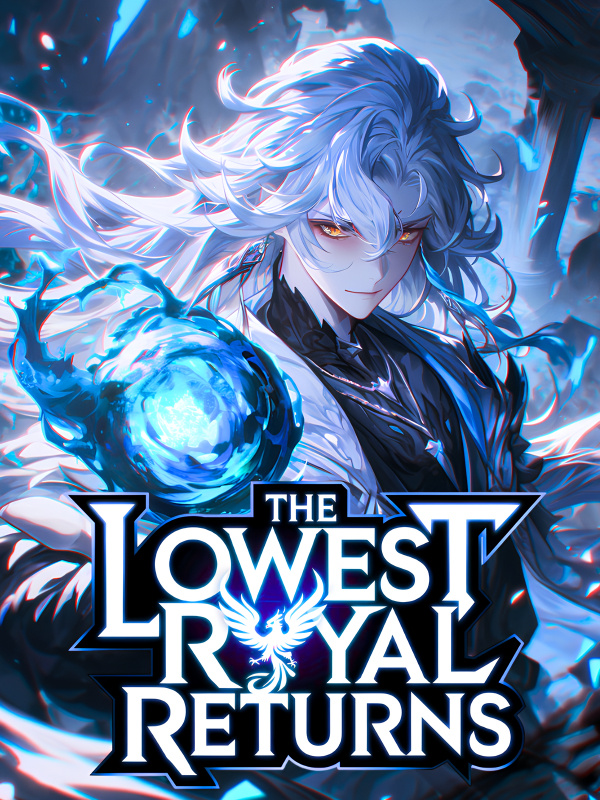Transmigrated as the Stepmother of a Rebellious Heir-Chapter 338 - 187 Crown Prince
Chapter 338: Chapter 187 Crown Prince
This is a newly built history museum, unlike other famous museums in the Imperial City, this one focuses on displaying lesser-known dynasties and new archaeological discoveries.
Today’s exhibition features newly unearthed artifacts from what is believed to be the most mysterious Beiling Dynasty in history.
(Dynasty history is fictional, do not dwell on it)
In the history of Hua Country, historians had proposed that the longstanding Tianqi Dynasty did not originally begin with Emperor Zhaode.
According to the pattern of dynastic founding, the first emperor of a dynasty often revered military prowess, brave and good at fighting; thinking to start a dynasty through civil governance was a ludicrous dream.
The initial Imperial Authority was established amidst a forest of bones and flashes of swords.
And based on later studies of Emperor Zhaode, his style of handling affairs, just like his regnal title, was mild and neutral. During his reign, he focused more on guarding his realm, making it hard to imagine that such a grand Tianqi Dynasty was founded by such a mild emperor.
Hence, there has always been speculation among historians that there might have been another founding monarch before Emperor Zhaode.
But speculation is merely speculation. As ages had passed, there were few ancient texts left, and from the scattered words, it was speculated that there existed a Beiling Dynasty before Tianqi.
However, to this day, no evidence has been found to prove the existence of the Beiling Dynasty, hence it has always been a major mystery in history.
But recently, a city in the Northwest unearthed some relics while constructing a subway.
Based on the dating of these artifacts, it was calculated that they date back to several decades before the inception of the Tianqi Dynasty.
Of course, just the timing does not prove anything. The main reason was, among these archaeological findings, there were items exclusively used by emperors.
In ancient times, social hierarchy was strict, and the imperial ceremonial instruments were not to be overstepped by others. Most importantly, on a well-preserved bamboo scroll, there was a jade seal, and under that seal, faintly, there was the character "Yuan."
Yet, throughout the entire Tianqi Dynasty, no emperor ever used the character "Yuan."
Nor was there an emperor whose name included "Yuan" before the Tianqi Dynasty.
Thus, historians boldly speculated that this archaeological discovery might be related to that mysterious Beiling Dynasty.
But although the conjecture had moved one step closer, it was still just a conjecture with no direct evidence that there indeed was a Beiling Dynasty, or that the emperor of the Beiling Dynasty had "Yuan" in his name.
Therefore, the artifacts are currently on display, but the museum dared not label them as belonging to the Beiling Dynasty; they were only introduced as newly excavated artifacts.
Shu Wan entered the museum, where there were only a few people scattered about. With the help of the map index, Shu Wan quickly approached the newly unearthed artifacts.
The new museum’s lighting was bright, the glass showcases were so clean that not a speck of dust was on them. The showcases utilized cutting-edge technology, continually displaying text that introduced these millennia-old artifacts.
Everything was too new and too clean, making these dusty artifacts seem particularly unremarkable. Having endured the ravages of time, these items no longer resembled their former selves; under the permeation of time, it seemed no one knew their original appearances anymore.
But Shu Wan knew.
That dusty, pitch-black small square was the Sunflower Enamel Gold Inlaid Box; that fused lump, resembling a piece of rotten wood, was the Rhino Horn Jade Comb; and that small furnace, now blackened beyond recognition, was the silver-plated flying flower warmer.
They had once been sent as tributes into the palace, placed within the most supreme palace in the world, and the light that shone on them was imbued with luxury and nobility.
But now, as years passed, they had lost the preciousness and delicacy with which they were made; they could only serve as traces of history, fleetingly overlooked by people in an era that does not belong to them.
When Shu Wan was first reborn into this era, she would have been overjoyed and felt a sense of familiarity if she saw these familiar artifacts from a thousand years ago.
However, the longer she lived in this era, the more clearly Shu Wan realized one fact.
That is, even if she found traces of her previous life, what separated them now were the years gone by.
These objects, which she had also seen and used before, could now only be observed through a glass display, as they silently faced her from afar.
This content is taken from (f)reewe(b)novel.𝗰𝗼𝐦







![Read The Royal Military Academy's Impostor Owns a Dungeon [BL]](http://static.novelbuddy.com/images/the-royal-military-academys-impostor-owns-a-dungeon-bl.png)